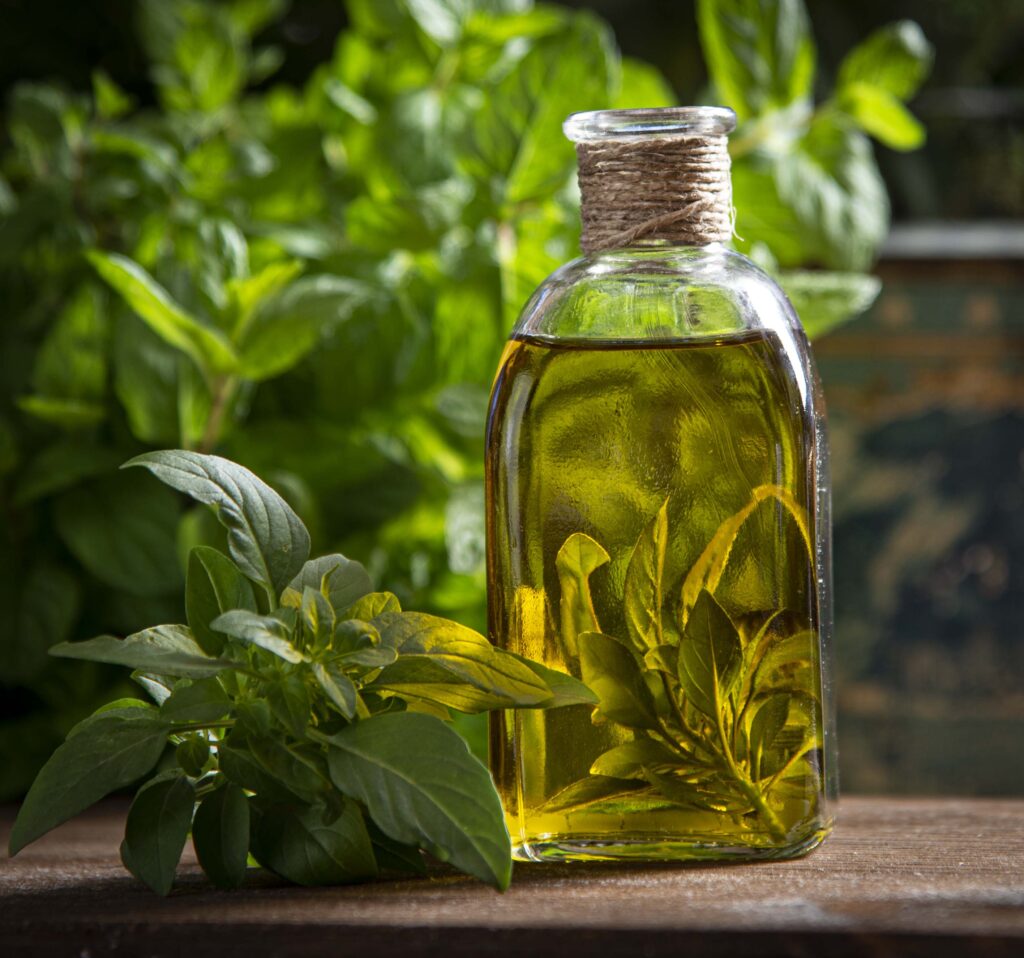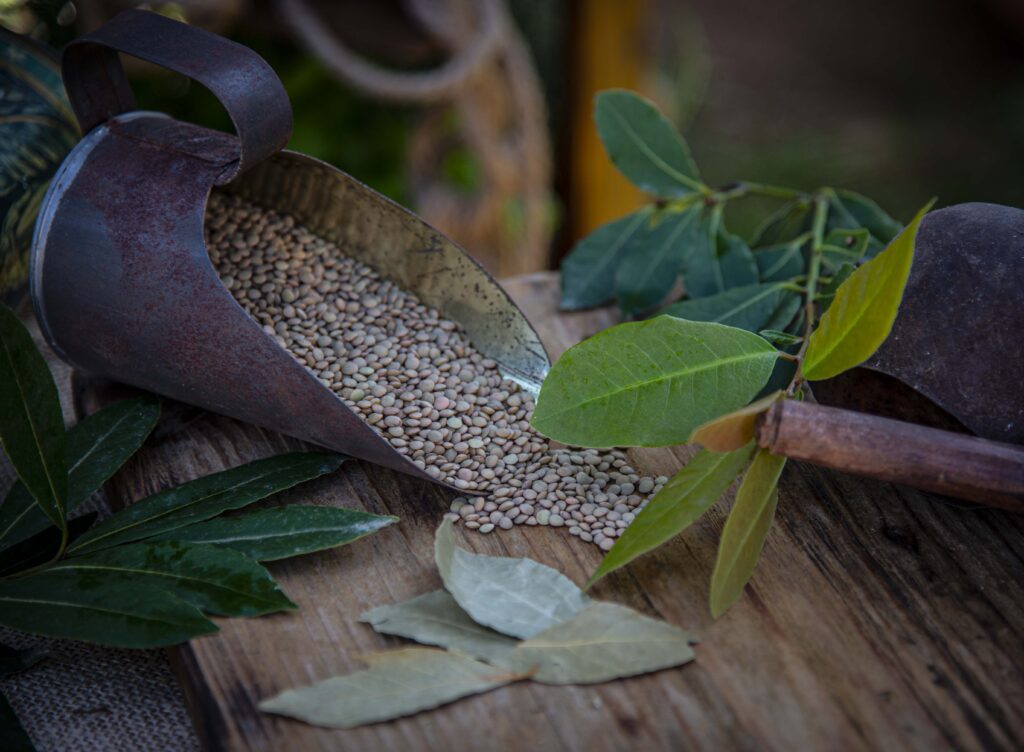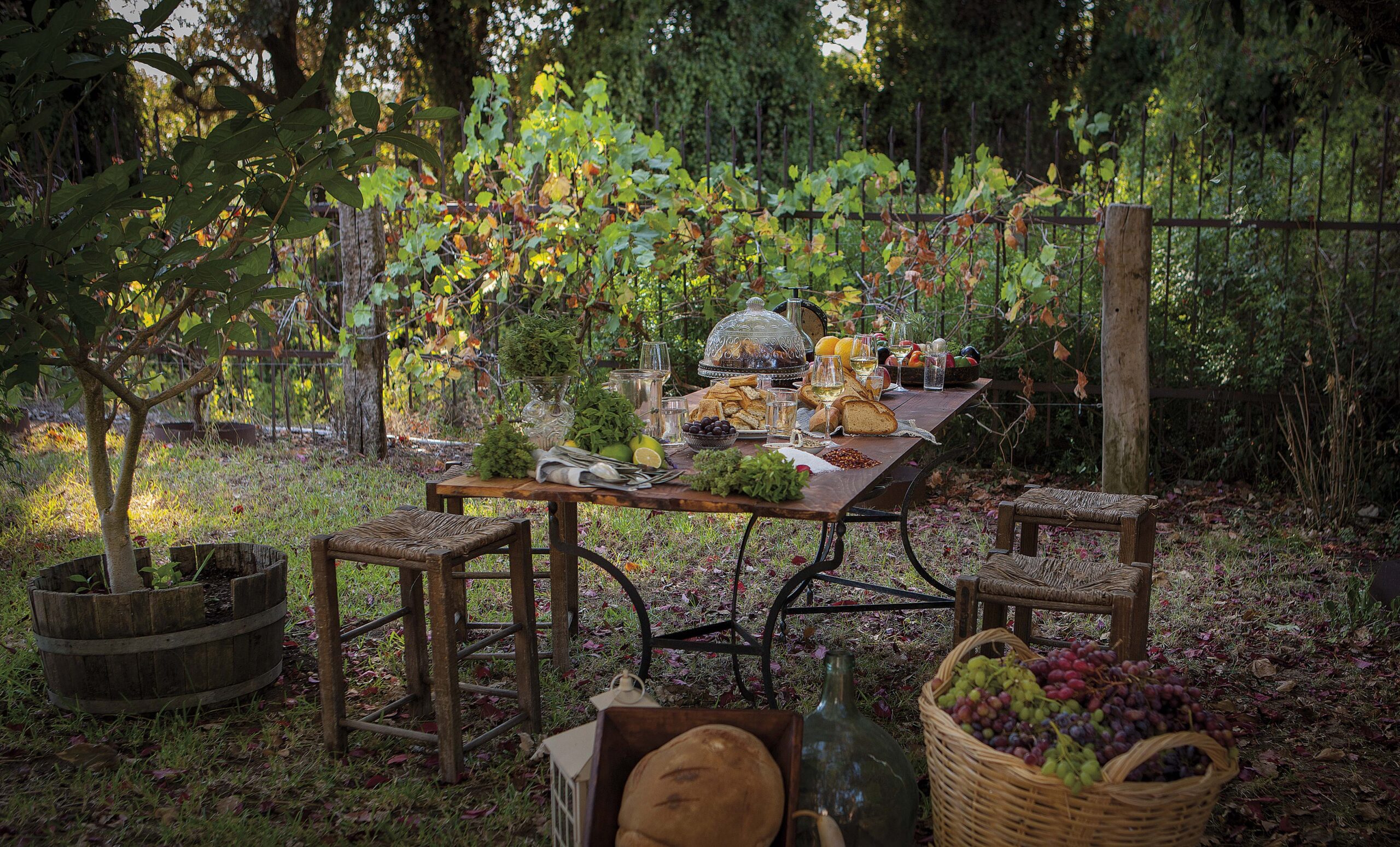 When it comes to pies, Epirus in northwestern Greece proudly claims a prominent position on the Greek culinary landscape. These pies, characterized by their thinness and frugality in using eggs, embody the essence of food, freshness, celebration, and the rustic ingenuity of Epirus’ countryside cuisine. Filled with locally sourced ingredients, they stand as a testament to the harmonious connection between the land, the people, the culture, and their gastronomic ingenuity. In Epirus, pie-making is an art form that transcends generations. No matter the occasion—whether it’s Christmas, New Year’s Day, Easter, or Carnival Season—you’ll find pies at the heart of the celebration. These pies tell stories of skilled women who masterfully craft thin pastry sheets with effortless precision. It’s a skill that holds deep cultural significance, as the ability to roll out the pastry without sticking or forming holes was once a crucial test for new brides to showcase their culinary talents.
When it comes to pies, Epirus in northwestern Greece proudly claims a prominent position on the Greek culinary landscape. These pies, characterized by their thinness and frugality in using eggs, embody the essence of food, freshness, celebration, and the rustic ingenuity of Epirus’ countryside cuisine. Filled with locally sourced ingredients, they stand as a testament to the harmonious connection between the land, the people, the culture, and their gastronomic ingenuity. In Epirus, pie-making is an art form that transcends generations. No matter the occasion—whether it’s Christmas, New Year’s Day, Easter, or Carnival Season—you’ll find pies at the heart of the celebration. These pies tell stories of skilled women who masterfully craft thin pastry sheets with effortless precision. It’s a skill that holds deep cultural significance, as the ability to roll out the pastry without sticking or forming holes was once a crucial test for new brides to showcase their culinary talents.
With a rich tradition boasting 178 documented pie recipes, this region has truly mastered the art of pie-making. The most famous pies of Epirus are ‘kasopita’ (cheese pie), ‘batsina’, ‘blatsara’, meat pie, chicken pie, greens pie, ‘stegnopites’ and ‘galatopita’ (milk pie). The traditional method of baking these pies involved a ‘gastra’, an open hearth with burning charcoal, a domed iron lid, and a layer of embers. The pies, placed in a copper “sini” (a large, shallow, round baking dish), were covered with this makeshift oven and left to cook to perfection. In more recent times, wood-fired ovens have taken over, preserving the authentic flavours of Epirus. The classic arrangement of pastry sheets in Epirus is 2-3 sheets at the bottom, one baked sheet in the middle as a layer within the filling, and 2-3 sheets on top. In some recipes, two baked sheets are crumbled into the filling to absorb moisture.
Greens Pies | A Celebration of Nature’s Bounty
Epirus boasts the most extensive variety of pies in Greece, and at the forefront are the greens pies with aromatic herbs, spinach and wild greens such as dandelion greens, nettle, and wild chicory, which form the heart of these pies. What sets them apart is the delicate, paper-thin pastry, with four layers at the bottom, three on top, and a lush green filling in between.
Blatsara | A Unique Cornmeal Twist
The ‘blatsara’ pie is a distinct creation of Epirus. Instead of traditional pastry sheets, a thick batter made of maize flour, soured milk, and olive oil is spread at the base, with a generous layer of greens on top. Some variations involve minimal dough on top, allowing the greens to roast and infuse the pie with a unique flavour. This ingenious adaptation showcases the resourcefulness of Epirus’ culinary traditions.

Stegnopites | A Winter Greens Revival
Another category of pies is known as ‘stegnopites’ meaning dry pies. In Epirus’s snow-covered high mountain villages during winter, locals gathered spring greens. These greens were air-dried and stored in linen bags treated with resin to keep insects away. Before use, they were soaked in water, bringing the flavours of spring to the winter months in the form of green pies, a true testament to the region’s adaptability.
Cheese Pies | Rustic and Irresistible
With an abundance of dairy products sourced from their livestock, Epirotes share an equal fondness for cheese pies. These delectable creations come in countless variations, featuring feta cheese, soft unsalted cheese, fresh curd cheese, eggs, ‘trahana’, and more. The pastry sheets may vary in quantity, with some pies incorporating batter or baked sheets within. Whether made with butter or olive oil, these cheese pies embody the richness and diversity of Epirus’ culinary heritage.
Meat Pies | A Savoury Tradition with a Dash of Luck
They are made using boiled meat, onions and a light bechamel with the stock, maize flour, eggs, and sometimes cheese. Large chunks of lamb, beef or poultry are used in these pies also known as ‘breki’ or ‘boureki’. A meat pie is also traditionally served on New Year’s Day, with a coin baked inside it for a year’s luck on the one who finds it in their slice. Some keep the pie ‘open’, while others cover the top with a layer of ‘phyllo’ pastry.
In the villages of Epirus, traditional pies represent not only a meal but a cherished tradition, a celebration of nature’s bounty, and a testament to resourcefulness. As these pies continue to be part of casual family or special occasion dining, they carry with them the history, culture, and authenticity of a region that has mastered the art of making more with less.


